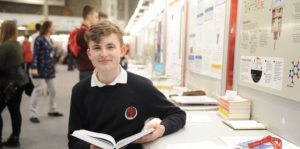When I was asked to give the talk I went through many of the stages of the “PhD 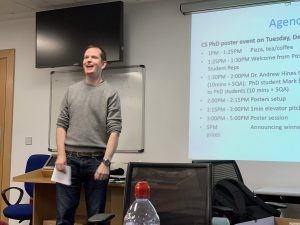 roller-coaster” compressed into several hours. I accepted the request without reflection (other than a “sure, that needs no preparations…”) and then panicked that my PhD experiences were stale and possibly no-longer relevant. Then I reflected that I wasn’t being asked to advice through the lens of a student, the actual question was what advice could I offer as someone who as experienced both sides of the student-advisor relationship. Getting the research question right was an important first step. Next I read a few other blogs, papers and tweets. There is already a large body of work in the area of PhD advice so I decided to skip the exhaustive literature review and to provide a case study style approach focusing purely on my own experience.
roller-coaster” compressed into several hours. I accepted the request without reflection (other than a “sure, that needs no preparations…”) and then panicked that my PhD experiences were stale and possibly no-longer relevant. Then I reflected that I wasn’t being asked to advice through the lens of a student, the actual question was what advice could I offer as someone who as experienced both sides of the student-advisor relationship. Getting the research question right was an important first step. Next I read a few other blogs, papers and tweets. There is already a large body of work in the area of PhD advice so I decided to skip the exhaustive literature review and to provide a case study style approach focusing purely on my own experience.
Having “mastered the topic” (or at least as much as I was going to!), I scribbled a few notes on areas I thought I might want to cover: literature review, self-management, research network building, developing your identity as a researcher. I then wondered about how to present it. I considered what might make it engaging – neat slides, video examples – and decided that I deliver the advice without aids as an example of how if the content of your talk is of interest to the audience, they will remain engaged even if they have nothing more interesting to look at than the speaker themselves. In order to tie it together (and to help me remember what I planned to say) I decided to present it in the format of twelve tips. If you are interested in reading them, they recently got posted on the school blog.

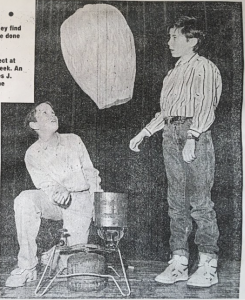 I was back at the RDS in Dublin visiting the BT Young Scientist and Technology Exhibition. Beginning in 1963, the exhibition concept was created by to UCD academics from the School of Physics. Fast forward to 30 years ago and I participated for the first of two visits. Arriving in again to visit thirty years later, I was struck by the professional finish of posters. So much has improved, but I still love the hand made stands and eye catching props to lure you into a project. As you can see from the newspaper clipping, our project may have involved a lot of hot air but I recall there was some scientific rigour to our methodology!
I was back at the RDS in Dublin visiting the BT Young Scientist and Technology Exhibition. Beginning in 1963, the exhibition concept was created by to UCD academics from the School of Physics. Fast forward to 30 years ago and I participated for the first of two visits. Arriving in again to visit thirty years later, I was struck by the professional finish of posters. So much has improved, but I still love the hand made stands and eye catching props to lure you into a project. As you can see from the newspaper clipping, our project may have involved a lot of hot air but I recall there was some scientific rigour to our methodology!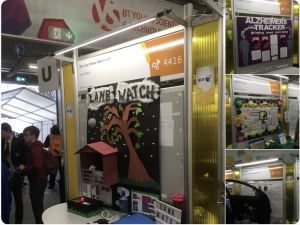
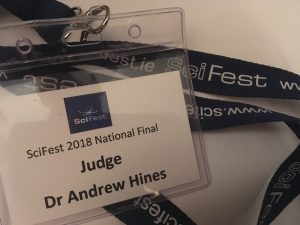 I met 2019 winner of the BT Young Scientist and Technology Exhibition, Adam Kelly, while judging the national finals of SciFest 2018 where he also won first prize. As a judge I was struck by his demonstration of all the attributes of a quality scientist: imagination, methodology and a great ability to communicate the work. He knew what he had done and was able to explain what he had not done, and why. Adam’s project for SciFest was entitled ‘An Open Source Solution to Simulating Quantum Computers Using Hardware Acceleration’ and was the overall winner out of more than 10,000 students competed in the regional heats to progress to the national SciFest 2018 final.
I met 2019 winner of the BT Young Scientist and Technology Exhibition, Adam Kelly, while judging the national finals of SciFest 2018 where he also won first prize. As a judge I was struck by his demonstration of all the attributes of a quality scientist: imagination, methodology and a great ability to communicate the work. He knew what he had done and was able to explain what he had not done, and why. Adam’s project for SciFest was entitled ‘An Open Source Solution to Simulating Quantum Computers Using Hardware Acceleration’ and was the overall winner out of more than 10,000 students competed in the regional heats to progress to the national SciFest 2018 final.